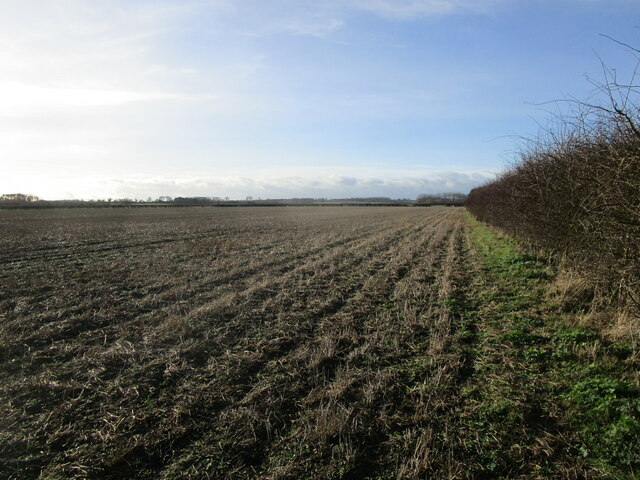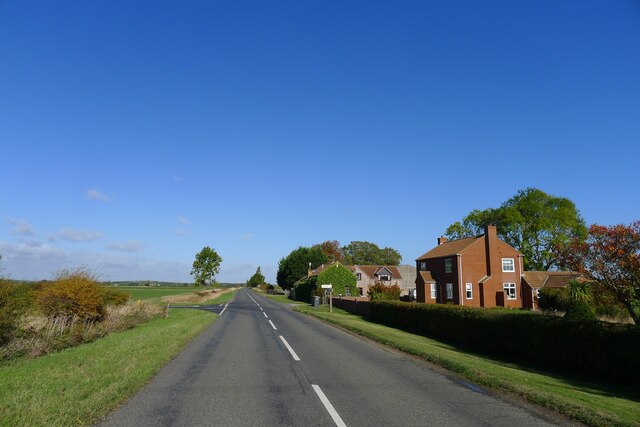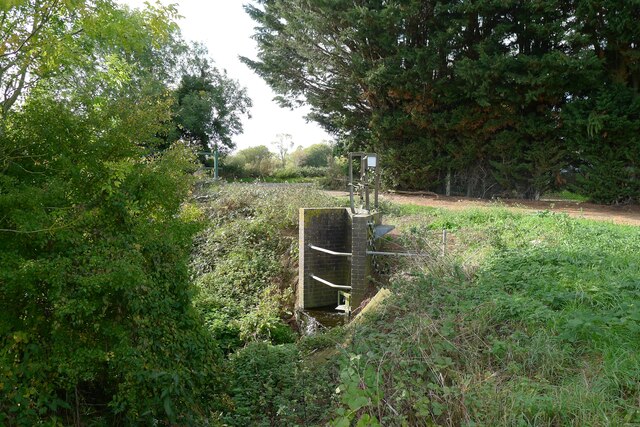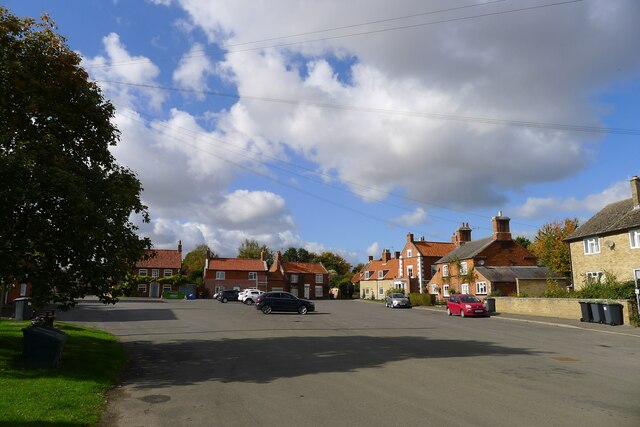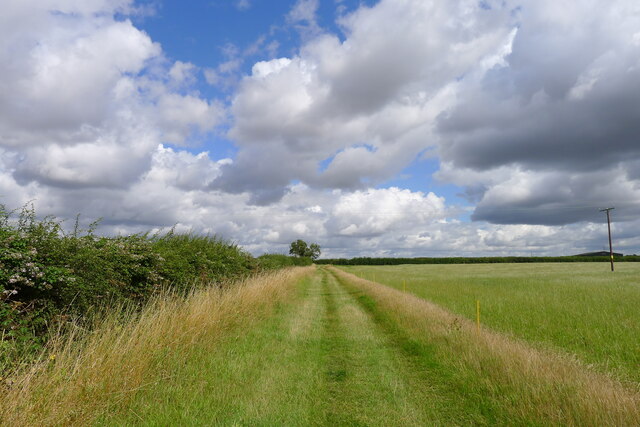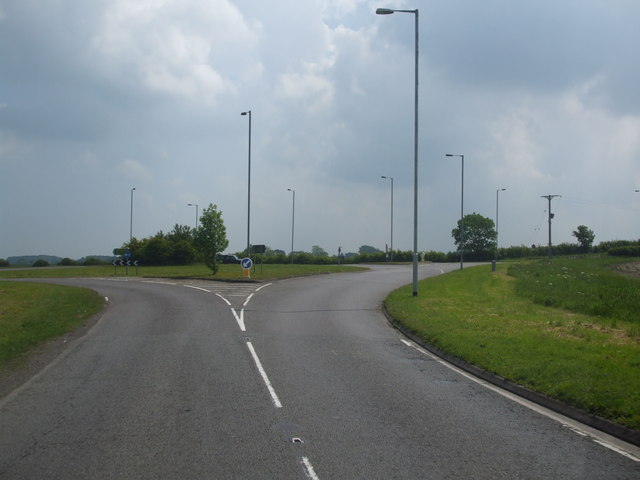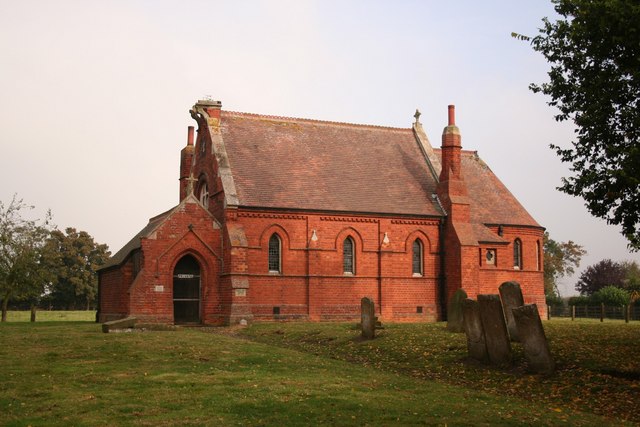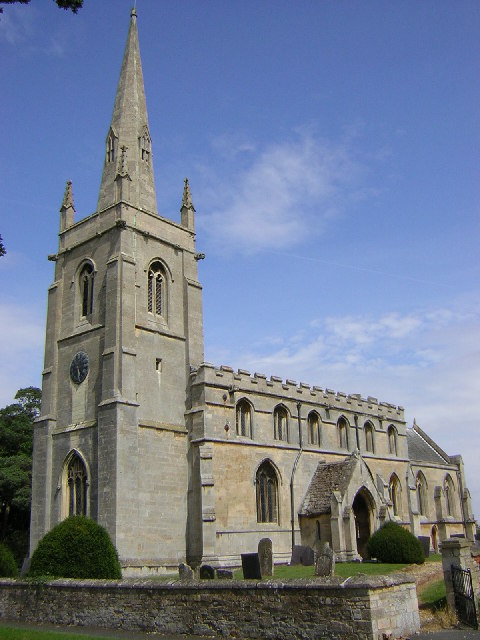Osbournby
Civil Parish in Lincolnshire North Kesteven
England
Osbournby
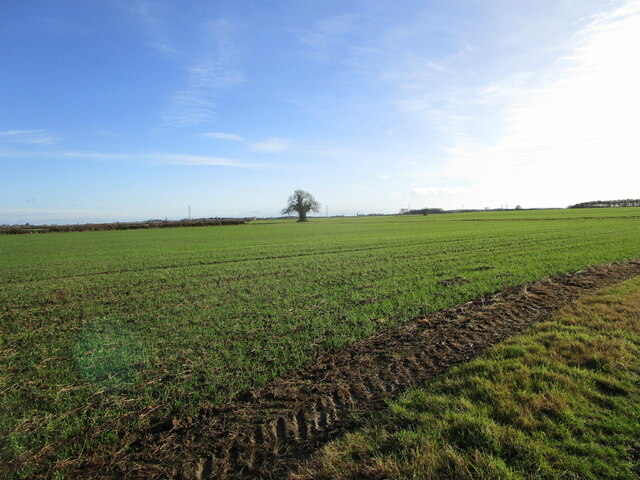
Osbournby is a small village and civil parish located in the county of Lincolnshire, England. Situated in the North Kesteven district, it lies approximately 15 miles south of the city of Lincoln. The village is surrounded by picturesque countryside and is nestled within the heart of the Lincolnshire Fens.
With a population of around 400 residents, Osbournby has a close-knit community feel. The village is known for its charming traditional stone houses and historic buildings, including the Grade II listed St. Peter and St. Paul's Church, which dates back to the 12th century.
Amenities in Osbournby include a primary school, a village hall, and a local pub, providing essential services for its residents. The village benefits from good transport links, with the A15 road passing nearby, connecting it to larger towns and cities in the region. Additionally, the village is serviced by a regular bus service, enabling easy access to surrounding areas.
Surrounded by beautiful countryside, Osbournby offers plenty of opportunities for outdoor activities and exploration. The area is dotted with walking and cycling trails, allowing residents and visitors to appreciate the natural beauty of the Lincolnshire landscape. The nearby River Slea and the surrounding fenland provide a habitat for a variety of wildlife, making it a popular spot for nature enthusiasts.
Overall, Osbournby is a quiet and picturesque village, offering a peaceful and idyllic lifestyle for its residents, while still providing easy access to larger urban centers and amenities.
If you have any feedback on the listing, please let us know in the comments section below.
Osbournby Images
Images are sourced within 2km of 52.928747/-0.400048 or Grid Reference TF0738. Thanks to Geograph Open Source API. All images are credited.
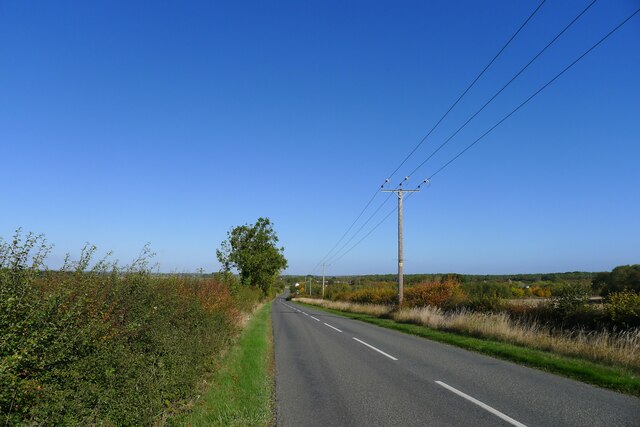
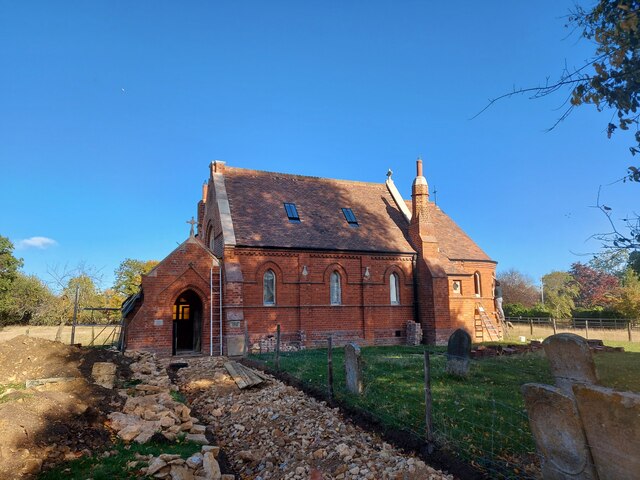

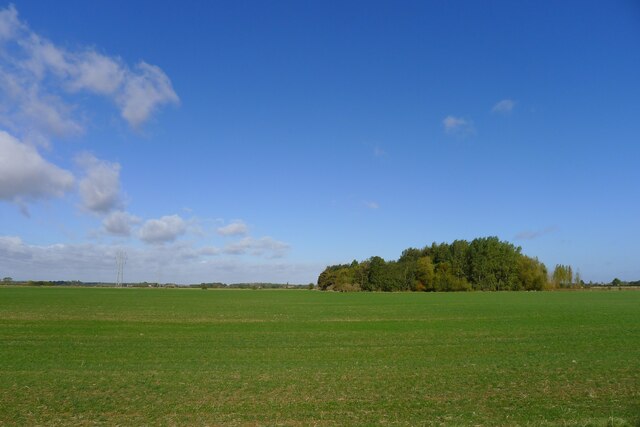
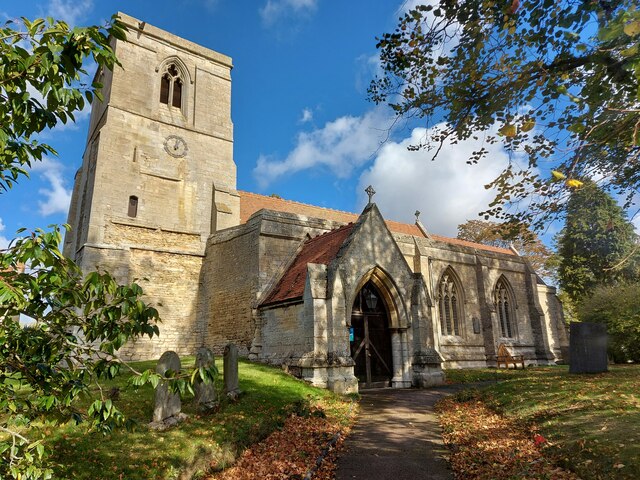
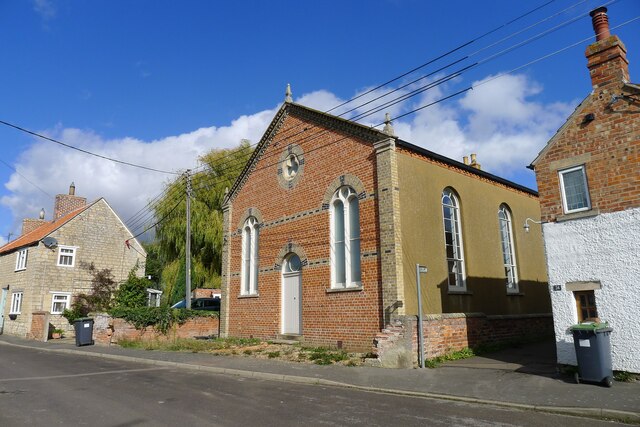
Osbournby is located at Grid Ref: TF0738 (Lat: 52.928747, Lng: -0.400048)
Administrative County: Lincolnshire
District: North Kesteven
Police Authority: Lincolnshire
What 3 Words
///greeting.dugouts.reconnect. Near Billingborough, Lincolnshire
Related Wikis
Osbournby
Osbournby (locally pronounced Ozzenby or Ossenby) is a small village and civil parish in the North Kesteven district of Lincolnshire, England. The population...
Threekingham Bar
Threekingham Bar is the name given to interception of the A52 (Grantham to Boston) and A15 (Peterborough to Lincoln and Hull) roads, 1 mile (1.6 km) to...
Spanby
Spanby is a village and former civil parish, now in the parish of Threekingham, in the North Kesteven district of Lincolnshire, England, about 5 miles...
Aswarby
Aswarby () is a village in the civil parish of Aswarby and Swarby, in the North Kesteven district of Lincolnshire, England. It is 3.5 miles (5.6 km) south...
Have you been to Osbournby?
Leave your review of Osbournby below (or comments, questions and feedback).
